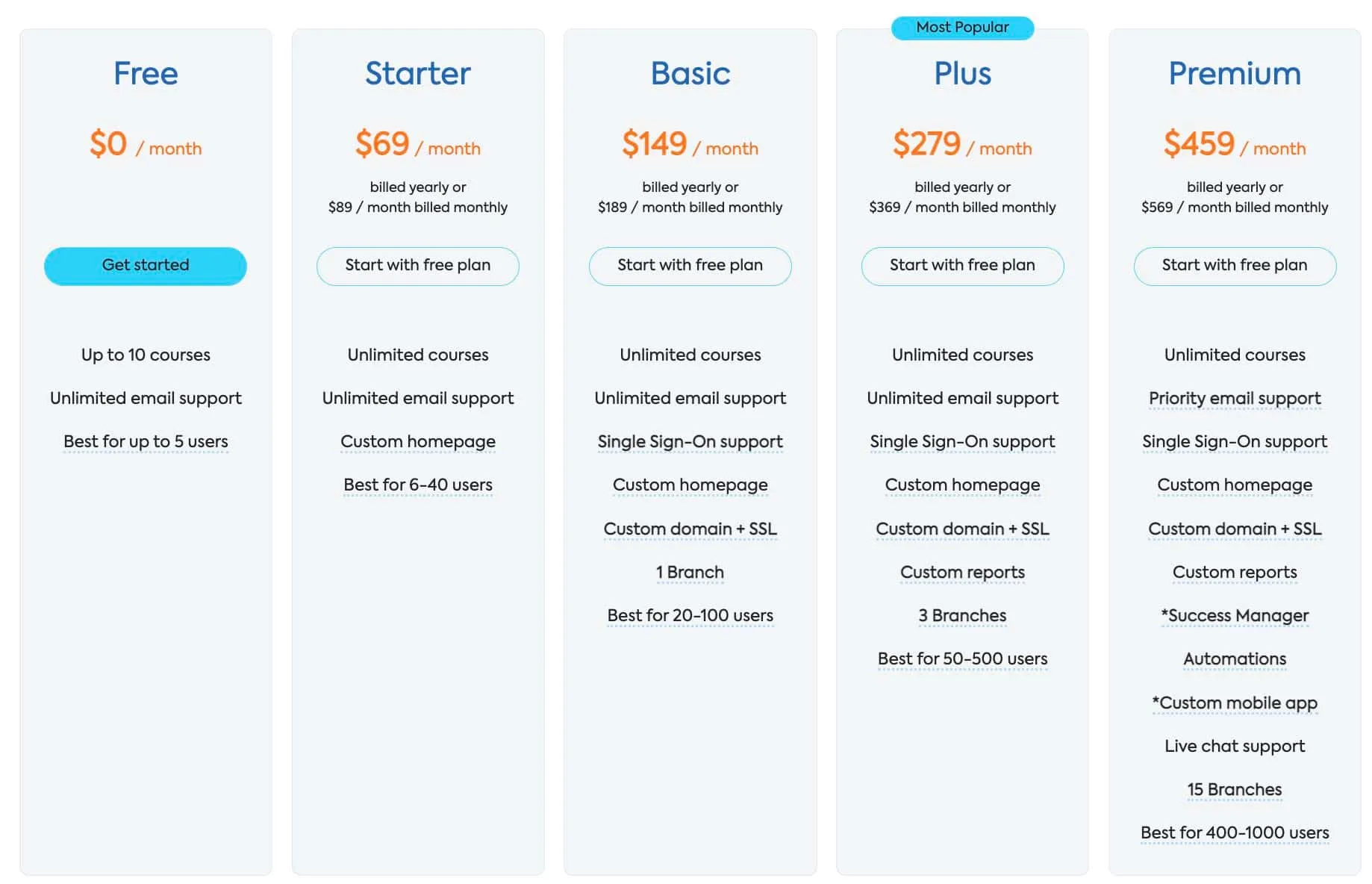SaaS Pricing Models
What are Saas Pricing Models?
Definition:
Software as a Service (SaaS) pricing models are strategic frameworks employed by providers to monetize their cloud-based software solutions. These models dictate how customers pay for and access SaaS applications, influencing everything from subscription fees to feature access and scalability.
Analogy:
Imagine SaaS pricing models as customizable restaurant menus. Each menu item represents a different pricing plan, offering a variety of features, scalability options, and support levels. Customers can choose the combination that best suits their needs, paying only for what they consume.
Further Description:
SaaS pricing models encompass various approaches, catering to diverse customer requirements:
Subscription-Based Pricing: The most common model, where customers pay a recurring fee (monthly or annually) for access to the software. Plans often differ based on feature sets, user limits, and support levels.
Usage-Based Pricing: Customers pay according to their usage metrics, such as the number of transactions, data storage, or active users. This model aligns costs directly with consumption.
Freemium Model: Offers a free basic version of the software with limited features, enticing users to upgrade to premium, paid plans for enhanced functionality.
Tiered Pricing: Software is offered in different tiers or packages, each with an increasing level of features. Customers can choose the tier that aligns with their needs and budget.
Per-User Pricing: Charges are based on the number of users accessing the software. This model is prevalent in collaboration and communication tools.
Custom Pricing: Tailored plans for enterprise clients with specific needs. Prices are determined based on negotiations, customized features, and scalability requirements.
Why are SaaS Pricing Models Important?
Flexibility and Scalability: SaaS pricing models allow businesses to adapt their software costs as their needs change, providing scalability and flexibility.
Cost Predictability: Subscription-based models offer predictability, enabling businesses to budget effectively without unexpected expenses.
Customer-Centric Approach: Different models cater to diverse customer preferences and business sizes, ensuring a more inclusive and customer-centric approach.
Risk Mitigation: For customers, SaaS pricing models mitigate the risk associated with large upfront investments. They can start with minimal commitments and scale up as needed.
Competitive Advantage: Providers can differentiate themselves in the market by offering innovative pricing structures that align with customer value.
Examples and Usage:
Salesforce (Subscription-Based): Salesforce, a leading CRM SaaS provider, offers subscription plans based on features and user levels.
Amazon Web Services (Usage-Based): AWS charges customers based on the resources they consume, such as computing power, storage, and data transfer.
Zoom (Freemium Model): Zoom provides a free video conferencing solution with limitations, enticing users to upgrade for advanced features and extended meeting durations.
Microsoft 365 (Per-User Pricing): Microsoft 365 charges per user, with different plans offering various applications and collaboration tools.
HubSpot (Tiered Pricing): HubSpot offers different tiers with increasing features, from free basic tools to comprehensive marketing and sales automation in higher-tier plans.
Key Takeaways:
- SaaS pricing models dictate how customers pay for cloud-based software solutions.
- Common models include subscription-based, usage-based, freemium, tiered, per-user, and custom pricing.
- These models provide flexibility, cost predictability, and a customer-centric approach.
- Examples include Salesforce, AWS, Zoom, Microsoft 365, and HubSpot.
- SaaS providers use pricing models as a strategic tool for differentiation and market positioning.





